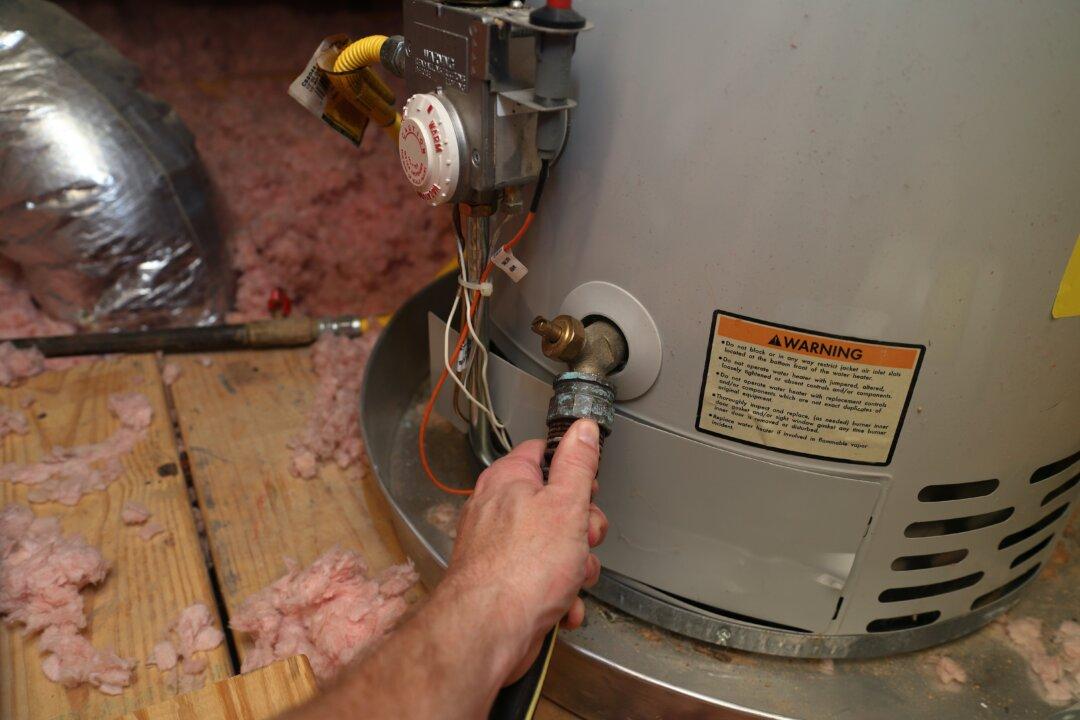Our house isn’t haunted, but just try to tell that to our guests. “Our water heater makes funny noises,” I warn. First-timers respond with a smile and nod—and forget.
“What was that noise?” is the predictable next-morning question. Some say it sounds like a big clumsy man on the roof. Children trend more toward a “monster in the wall” theory.





